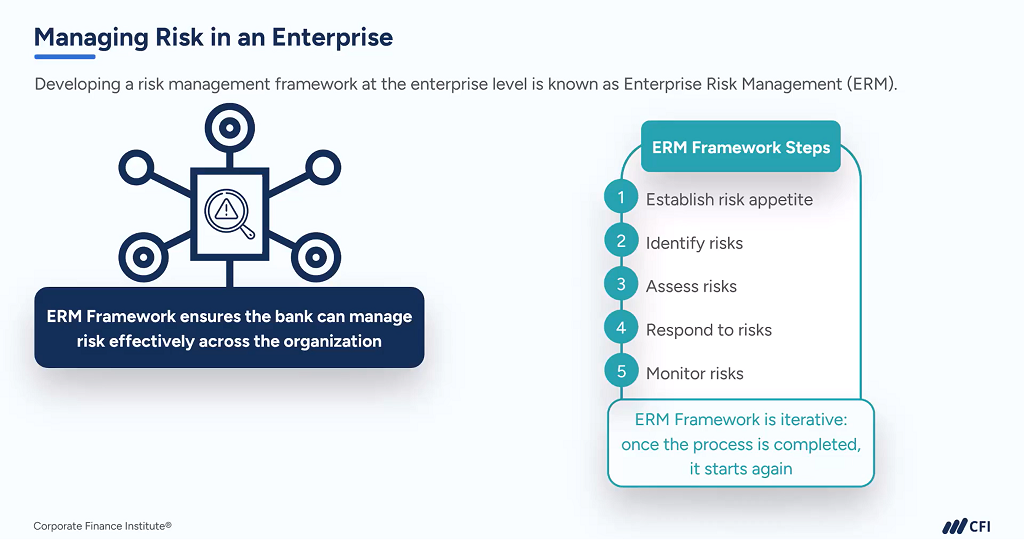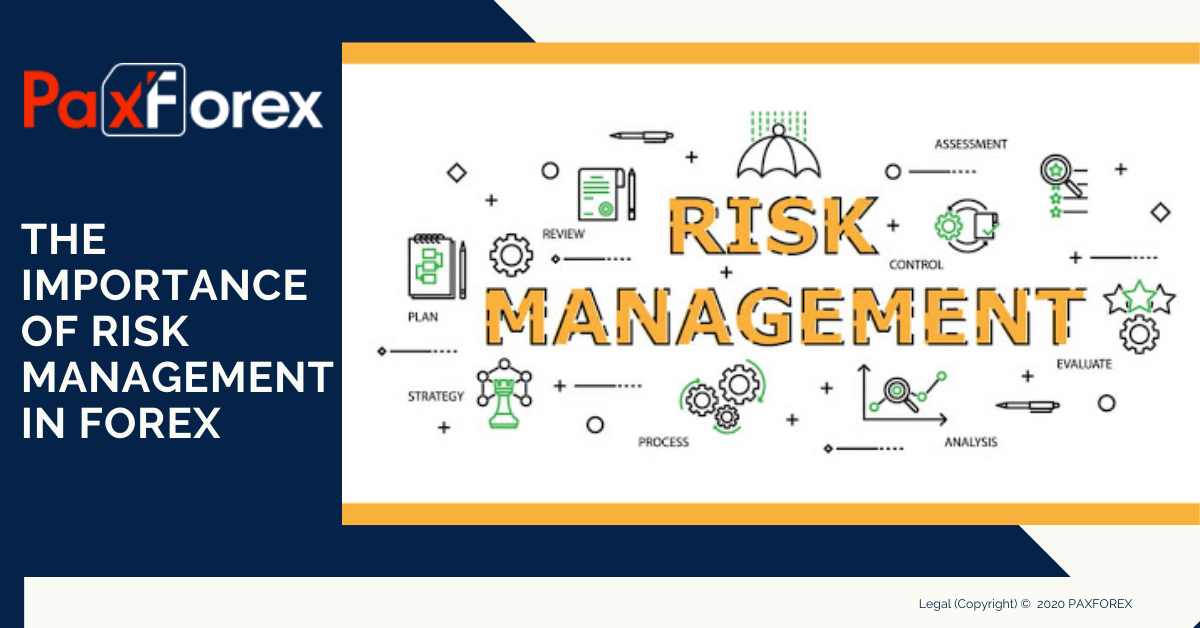The Significance of Understanding the Significance of Risk Management in Different Industries

The Core Principle of Risk Management and Its Purpose
Risk Management, the cornerstone of lots of sectors, depends upon the identification, evaluation, and mitigation of unpredictabilities in a service environment. It is an essential technique that allows organizations to protect their possessions, online reputation, and overall survival. By properly determining potential risks, services can create approaches to either protect against these dangers from taking place or decrease their effect. The assessment process involves assessing the probability and prospective seriousness of these threats. The mitigation procedure entails developing strategies to decrease their possible effect when threats have actually been determined and assessed. This procedure is cyclical and continuous, ensuring that organizations are gotten ready for the ever-changing nature of Risk in various sectors. The main objective, hence, is to cultivate durability amidst unpredictabilities.
Benefits of Executing Risk Management in Company Procedures

Introducing the Function of Risk Management in Different Industries
While every market challenges its one-of-a-kind collection of dangers, the implementation of Risk Management strategies continues to be a common measure in their quest of sustainability and development. In the health care industry, Risk Management entails making certain individual safety and data protection, while in financing, it involves mitigating financial investment dangers and making certain regulatory compliance (importance of risk management). Building and construction business focus on worker safety, job delays, and her latest blog budget overruns. In the modern technology sector, firms minimize cybersecurity hazards and technology obsolescence. Inevitably, the role of Risk Management across industries is to identify, analyze, and alleviate dangers. It is an important component of tactical planning, making it possible for companies to protect their possessions, optimize possibilities, and attain their goals.
Real-life Study Showing Effective Risk Management
To understand the value of Risk Management in these many fields, one can seek to a number of real-life instances that highlight the effective application of these procedures. As an example, in the energy market, British Oil established Risk reduction prepares post the 2010 Gulf of Mexico oil spill. They applied much better safety and security treatments and stricter regulations which substantially minimized further crashes. In money, Goldman Sachs successfully browsed the 2008 financial dilemma by recognizing potential mortgage-backed safety and securities threats early. Toyota, publish the 2011 earthquake in Japan, modified its supply chain Management to decrease disturbance dangers. These instances show just how markets, gaining from situations, successfully used Risk Management techniques to lower future risks.
Future Trends and Developments in Risk Management Approaches
Cybersecurity, when useful source an outer problem, has catapulted to the forefront of Risk Management, with approaches concentrating on prevention, action, and detection. The integration of ESG (Environmental, Social, Administration) aspects right into Risk Management is one more expanding pattern, reflecting the raising acknowledgment of the duty that social and ecological dangers play in service sustainability. Therefore, the future of Risk Management lies in the combination of advanced modern technology, ingenious techniques, and a holistic you could try this out approach.
Verdict
Finally, understanding the relevance of Risk Management across a spectrum of industries is essential for their longevity and prosperity. Tailored approaches can aid minimize possible dangers, secure properties, and foster stakeholder trust. Furthermore, aggressive decision-making aids in regulative conformity and maximizes source use. Eventually, effective Risk Management adds to more durable and lasting companies, highlighting the value of this practice in today's highly competitive and dynamic service atmosphere.
While every sector faces its distinct set of dangers, the application of Risk Management methods remains a common denominator in their quest of sustainability and development. In the health care sector, Risk Management entails ensuring patient safety and information protection, while in finance, it involves mitigating financial investment threats and ensuring regulatory conformity. Inevitably, the role of Risk Management throughout markets is to recognize, examine, and alleviate threats. These instances demonstrate exactly how industries, discovering from situations, properly used Risk Management methods to decrease future risks.
